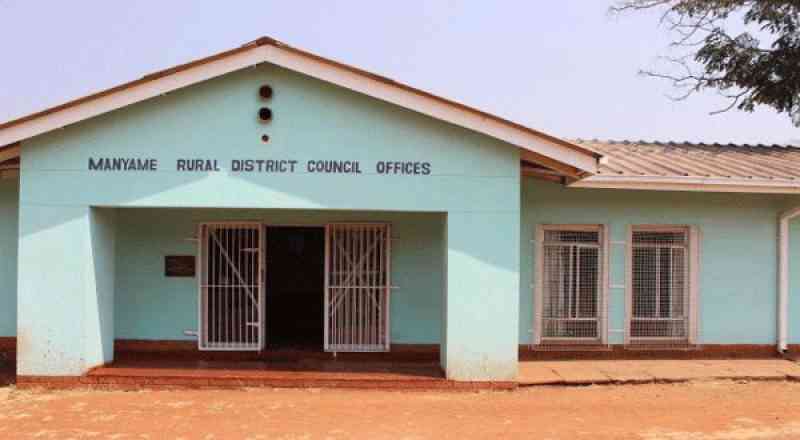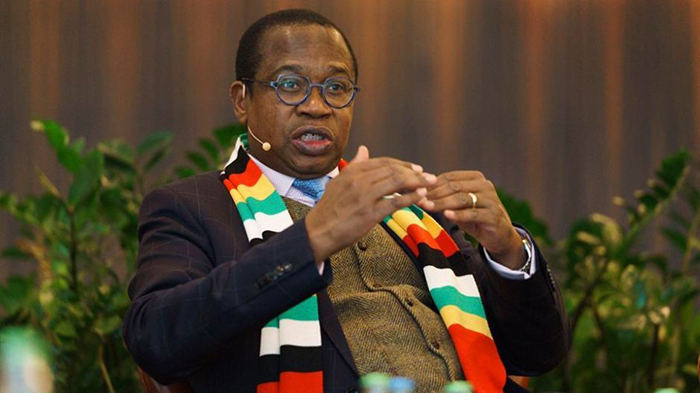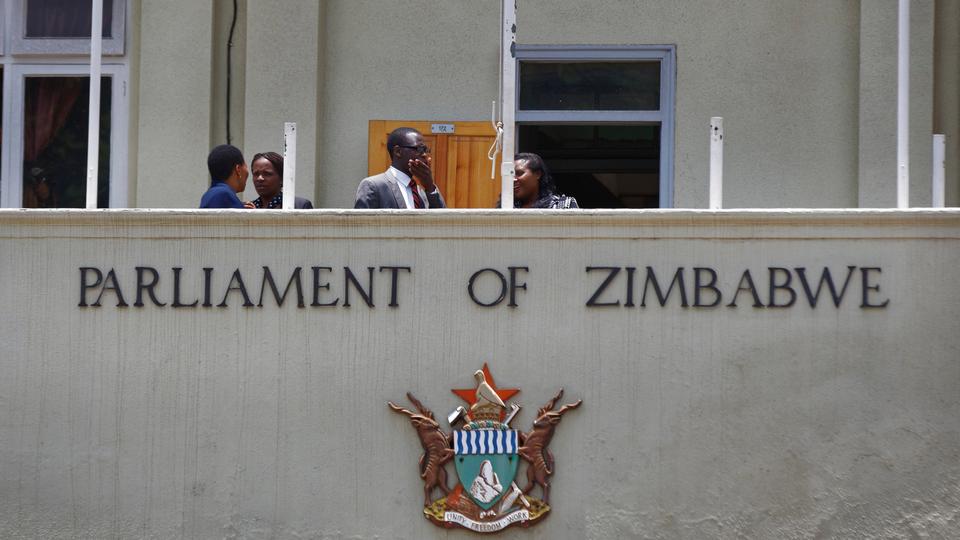
BY TATIRA ZWINOIRA GOVERNMENT’S threat to punish firms trading exclusively in United States dollars have largely fallen on deaf ears as companies devise pricing models that help them ride out Zimbabwe’s deteriorating economic climate, according to the Famine Early Warning Systems Network (FEWS NET).
In the past few months, government has piled pressure on businesses not to exclusively price in foreign currency, but maintain a hybrid system.
Read more
Millers push to sell bread in US$ only
The hybrid system involves foreign currencies trading alongside the free-falling domestic unit.
But except a few big firms that operate under government’s eagle eye, the rest of the market is trading exclusively in foreign currency as millions of consumers, who earn local dollars are struggling to survive.
- Chamisa under fire over US$120K donation
- Mavhunga puts DeMbare into Chibuku quarterfinals
- Pension funds bet on Cabora Bassa oilfields
- Councils defy govt fire tender directive
Keep Reading
On Friday, the Zimbabwe National Statistics Agency said annual inflation increased to 257% in July, from 191% in June, making it difficult for companies and individuals to plan.
“Despite the government’s calls to benchmark commodity prices using interbank rate and despite the increasing risk of losing operating licences if they use exclusive USD pricing, most businesses have continued to pursue USD transactions to limit financial losses,” FEWS NET said in its report for July.
“In July, the local currency (the Zimbabwe dollar) continued to depreciate sharply against the USD with the auction exchange rate climbing to US$1:$416 as of July 29 from US$1:$366 at the end of June and the interbank exchange rate increasing over the same period to US$1:$443 from US$1:$365,” FEWS NET said.
“However, the parallel market exchange rate saw the steepest increase, jumping to around US$1:$800 at the end of July from US$1:$650 one month earlier. Although the Zimbabwean economy is a multi-currency system, with (the Zimbabwe dollar), (South African rand) and USD in regular use, there is growing demand in both the formal and informal sectors for payments to be only in foreign currencies, given the volatility of the (Zimbabwe dollar),” the agency noted.
“Furthermore, there are fears of shortages for some commodities if manufacturers, wholesalers and retailers hold back supplies and choose not to sell unless they are able to do so in USD,” FEWS NET said.
As a result of the crisis consumers’ buying power has been eroded.
But in the 2022 mid-term budget review and supplementary budget released last week, Finance minister Mthuli Ncube only raised the monthly income tax-free threshold to $50 000, from $25 000.
However, the cost of living for an average family has skyrocketed to over $100 000.
“As most poor households typically earn income in Zimbabwe dollars and have limited access to USD, exclusive USD pricing and high Zimbabwe dollar price volatility is reducing purchasing power and access to food,” FEWS NET said.
“Due to these liquidity challenges, households in rural areas are slowly resorting to bartering using grains and livestock to access certain goods or services. In addition, poorer households have, therefore, begun to intensify existing livelihood strategies to cope. This includes petty trade, such as the selling of smaller re-packaged food and household items, the intensification of vegetable production for those with access to water, and artisanal mining activities,” it added.
- Follow us on Twitter@NewsDayZimbabwe











